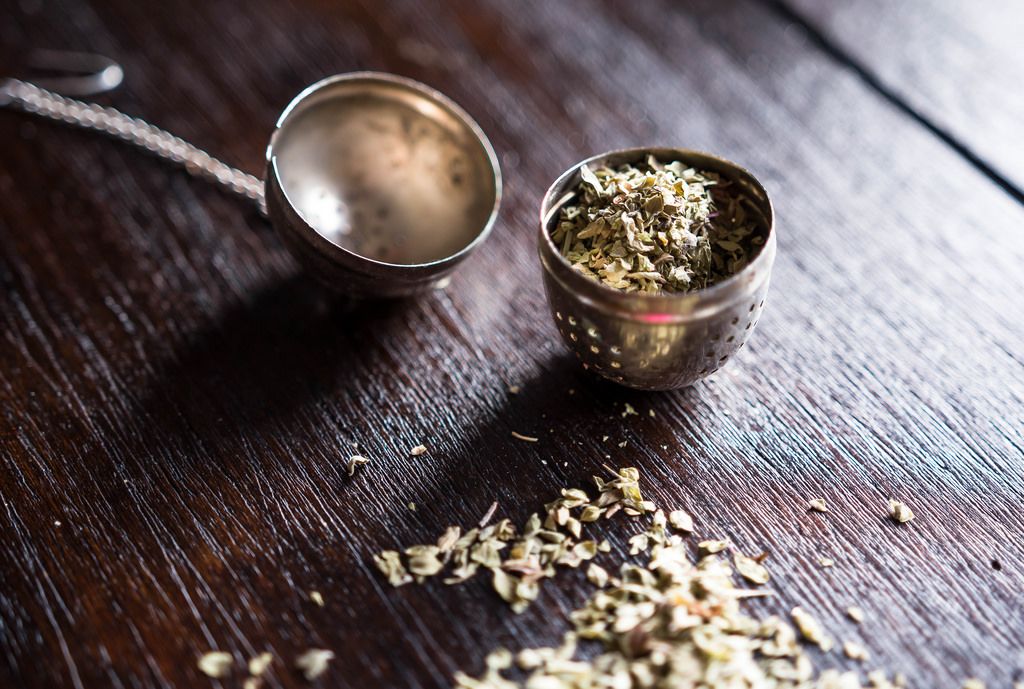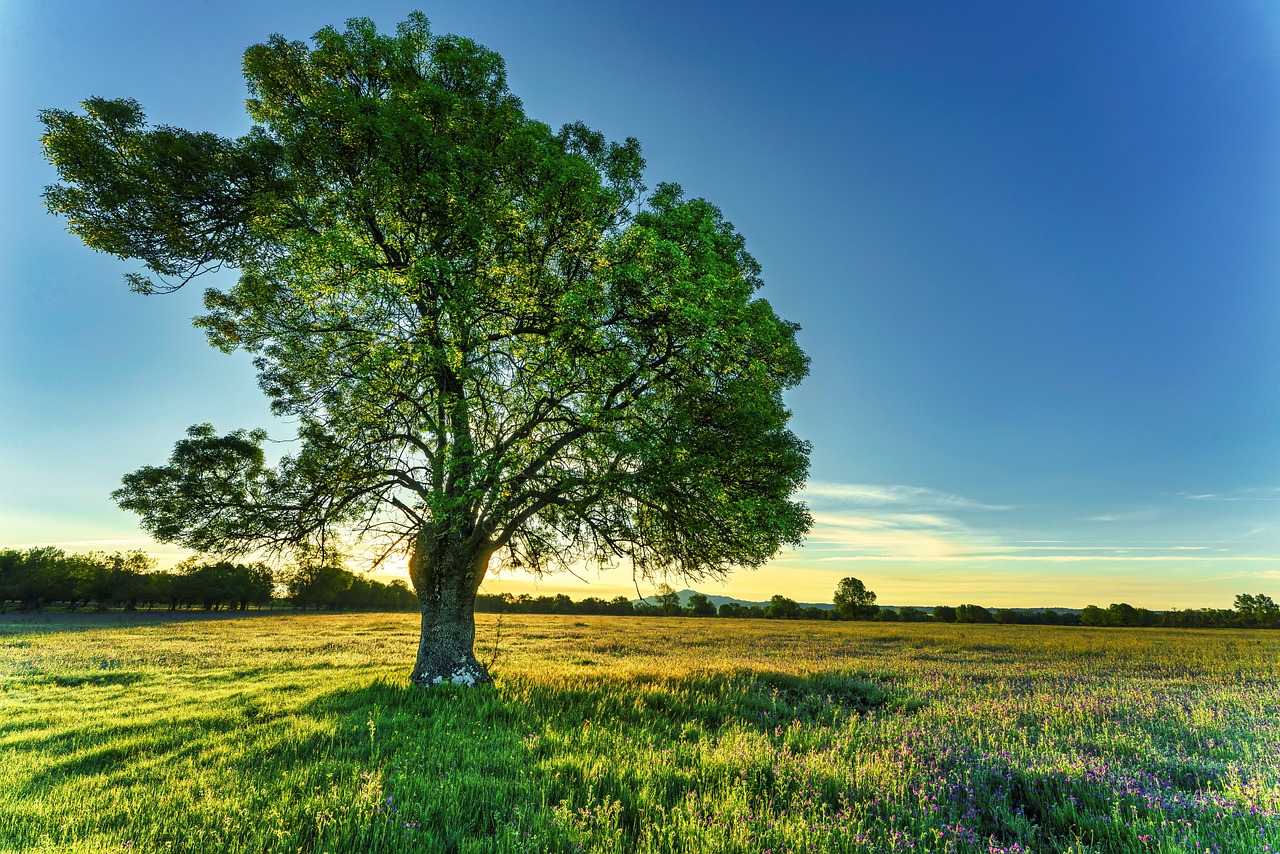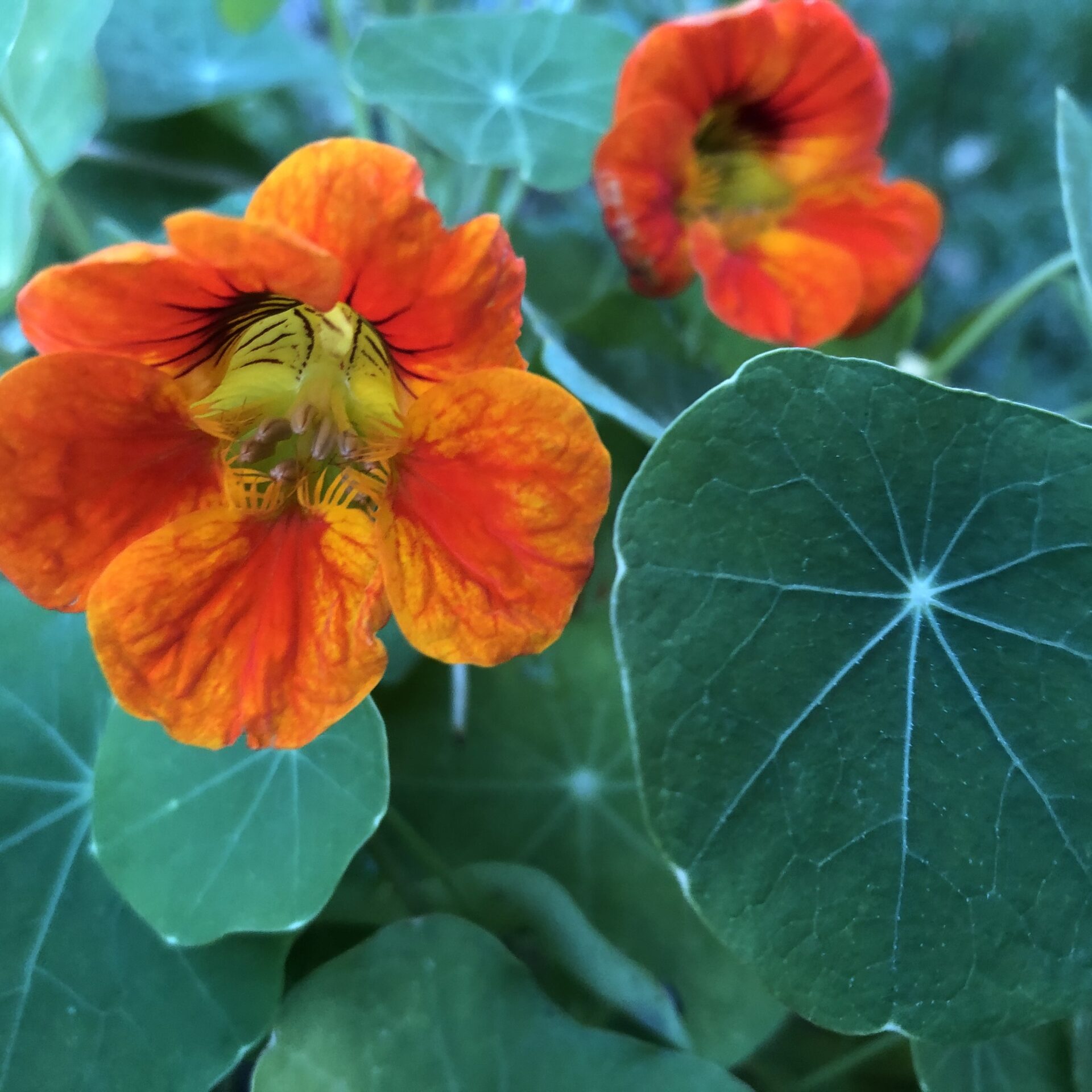Treating coughs, colds, wounds, digestive issues and a whole host more, with herbs, is as old as human kind. There are a set of stable herbs and products that will do you really well in your home herbal first aid kit, and then there’s some basic ingredients that are great to have around to prep into what you might need when certain situations arise. For example, herbs and spices that could be made into teas, washes or poultices.
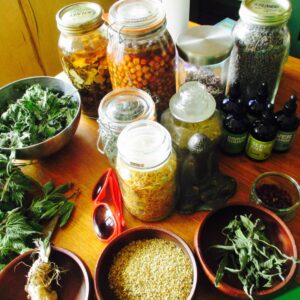 Herbs can be extremely powerful and fast acting. We have witnessed anaphylaxis happen far from the nearest emergency service to get to us. We had no choice but to start treating with herbs while the ambulance started the long drive to the rural community. With the correct herbs on hand, the anaphylaxis settled in a matter of minutes and by the time the ambulance arrived they didn’t administer any adrenaline but did take the patient in for observations and to ensure no further reaction occurred as peanuts left in the stomach were digested. Although a far from ideal situation, what we had the opportunity to observe was the speed and efficiency that herbs can work with when needed.
Herbs can be extremely powerful and fast acting. We have witnessed anaphylaxis happen far from the nearest emergency service to get to us. We had no choice but to start treating with herbs while the ambulance started the long drive to the rural community. With the correct herbs on hand, the anaphylaxis settled in a matter of minutes and by the time the ambulance arrived they didn’t administer any adrenaline but did take the patient in for observations and to ensure no further reaction occurred as peanuts left in the stomach were digested. Although a far from ideal situation, what we had the opportunity to observe was the speed and efficiency that herbs can work with when needed.
Getting to know how to work with a few good herbal products really well will set you in good stead for feeling confident with how to apply remedies in the home.
It’s always worth brushing up on a first aid course to be able to deal with choking, burns and other hazards. You need to feel confident that in a crisis you know how to support and lay someone down safely, keep them warm, assess the situation.
But there is also nothing like getting some kitchen witchin’ going and getting prepared for all eventualities in your own home.
What could those eventualities be?
On the skin – cuts, wounds, burns, stings, bites, splinters, plant irritant reactions, sunburn, fungal infections, rashes, ingrown toenails, pustules.
Comfort and relief for nausea, diarrhoea, insomnia, colds, flu, fever, toothache, menstrual cramps, digestive issues, ear infections, hay fever, aches and pains in muscles and joints.
Plant medicine is extremely useful and the more you know and the better prepared you are, the quicker you’ll be able to respond when needed.
Actions that can be covered by just a few staple herbs
Anti-microbial herbs (including antibiotics, antivirals, antifungals, and antiparasitics) will treat external infections or prevent infections from setting in, such as on a wound but will also protect and support with coughs, colds and flu. The obvious connection with anti-parastic herbs would be thread worms so common in school age children.
 Anti – inflammatory herbs will help if there is inflammation like in an in-grown toenail when applied locally, but may also help inflammation in the gut, aches and pains in the joints or even in a bout of flu.
Anti – inflammatory herbs will help if there is inflammation like in an in-grown toenail when applied locally, but may also help inflammation in the gut, aches and pains in the joints or even in a bout of flu.
Anti-histamine – yep this is an action that herbs can offer. Great for when there is hayfever-type reactions or to animal mites and dust.
Relaxing nervine – where there is insomnia, stress, anxiety, relaxing nervines will support and soothe the nervous system.
Bitter herbs – will support a sluggish digestive system
Carminative – helps to soothe and release gas in the gut
Mucilagenous – a beneficial effect on burns, wounds, ulcers, external and internal inflammations and irritations, diarrhea and dysentery
Immunostimulants or modulators modulate the immune system by increasing the host’s resistance to disease
Lymphatics promote healing through the support of the lymph system which is like the great cleanser of the body filtering and identifying unwanted compounds in the body.
Circulatory to promote the flow of blood
Bone and connective tissue healing. There are only a few herbs that can provide this action and they are too powerful to use on deep wounds because they will knot the surface tissues too quickly, preventing deeper healing of the wound and potentially trapping in infection.
Staple Products for Herbal First Aid
Staple Herbs and Spices
Nettle tincture – anti-histamine, nutritive 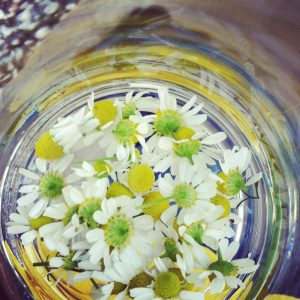
Chamomile loose herb – carminative, bitter, nervine relaxant
Lavender loose herb – anti-microbial, relaxing, soothing – great for making a huge pot of tea with and straining it into the bath.
Elecampane root – anti-infective ling super herb, as well as digestive and bitter
Marshmallow root – soothing demulcent. For irritations in the stomach, dry tissues.
Valerian root – central nervous system relaxant, can help you chill and relax into your day.
Propolis tincture – a brilliant resort for serious infection. Propolis is what the bees use to seal and make their hive free from disease.
Calendula herb – lymphatic, soothing, healing, liver activity and some mild Phyto oestrogen hormonal influxes.
Thyme herb – Anti microbial with a special affinity for the lungs and coughs and colds.
Rosemary herb – again anti-microbial, liver protective and a nerviness stimulant.
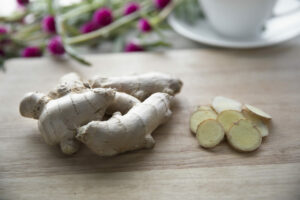 Fresh ginger root – carminative, anti-microbial, tasty
Fresh ginger root – carminative, anti-microbial, tasty
Garlic – anti microbial
Lemons – contain vitamin C in droves, they are tasty and tangy.
Cinnamon powder – antioxidant, anti-inflammatory, antidiabetic, antimicrobial, anticancer, lipid-lowering sweet yet powerful herb
Turmeric powder – anti-inflammatory, annodyne, healing, antimicrobial
Useful Techniques for Herbal Preparations in the Home
- Poulticing: a poultice is a piece of cloth with a soft, often hot, substance such as clay or a mixture of herbs on it. It is put over a painful or swollen part of someone’s body in order to reduce the pain or swelling.
- Making teas and decoctions: Drink herbal teas for internal issues like indigestion, nausea, or stress. For skin-related issues, such as rashes, wounds, or irritations, apply the cooled decoction directly to the affected area using a clean cloth or cotton ball.
- Herbal Salves or Ointments: Infuse herbs, such as arnica or lavender, into a carrier oil, then mix with beeswax to create a healing salve. Apply topically for skin conditions, cuts, or scrapes.
- Steam Inhalation with Herbs: Add dried herbs to hot water, cover your head with a towel, and inhale the steam. For respiratory issues like congestion or sinusitis, eucalyptus, thyme, or peppermint can be very effective.
- Herbal Bath Soaks: Add dried herbs to a warm bath for a soothing soak relaxation, relief from muscle soreness, or skin conditions. Examples include chamomile, lavender, or calendula.
- Herbal Gargles or Mouthwashes: Infuse herbs in hot water and use the cooled liquid as a gargle or mouthwash. Soothe sore throats, alleviate gum inflammation, or promote oral hygiene. Common herbs include sage, thyme, or calendula.
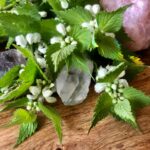 By incorporating herbal remedies into your home first aid kit, you are not only embracing the ancient wisdom of traditional medicine but also taking a proactive step toward a more holistic and natural approach to your health and well-being. Plus, the versatility of herbal remedies allows for a range of applications in home first aid, from soothing skin irritations to relieving tension headaches. These natural options can be an effective alternative to reliance on harmful medications and chemicals, and a valuable way to address minor health concerns and injuries when using herbal first aid in the home.
By incorporating herbal remedies into your home first aid kit, you are not only embracing the ancient wisdom of traditional medicine but also taking a proactive step toward a more holistic and natural approach to your health and well-being. Plus, the versatility of herbal remedies allows for a range of applications in home first aid, from soothing skin irritations to relieving tension headaches. These natural options can be an effective alternative to reliance on harmful medications and chemicals, and a valuable way to address minor health concerns and injuries when using herbal first aid in the home.
Don’t stop reading yet…!
Have you got the right remedy in your first aid kit to deal with any common accidents in the home?
Our First Aid E-guide has you covered for anything from hayfever to headaches, bruising to bug bites….and so much more!
We dive deep into symptoms and herbal remedy recipes so you can feel confident and build a better relationship with health and safety in the home.
Herbal First Aid Eguide



